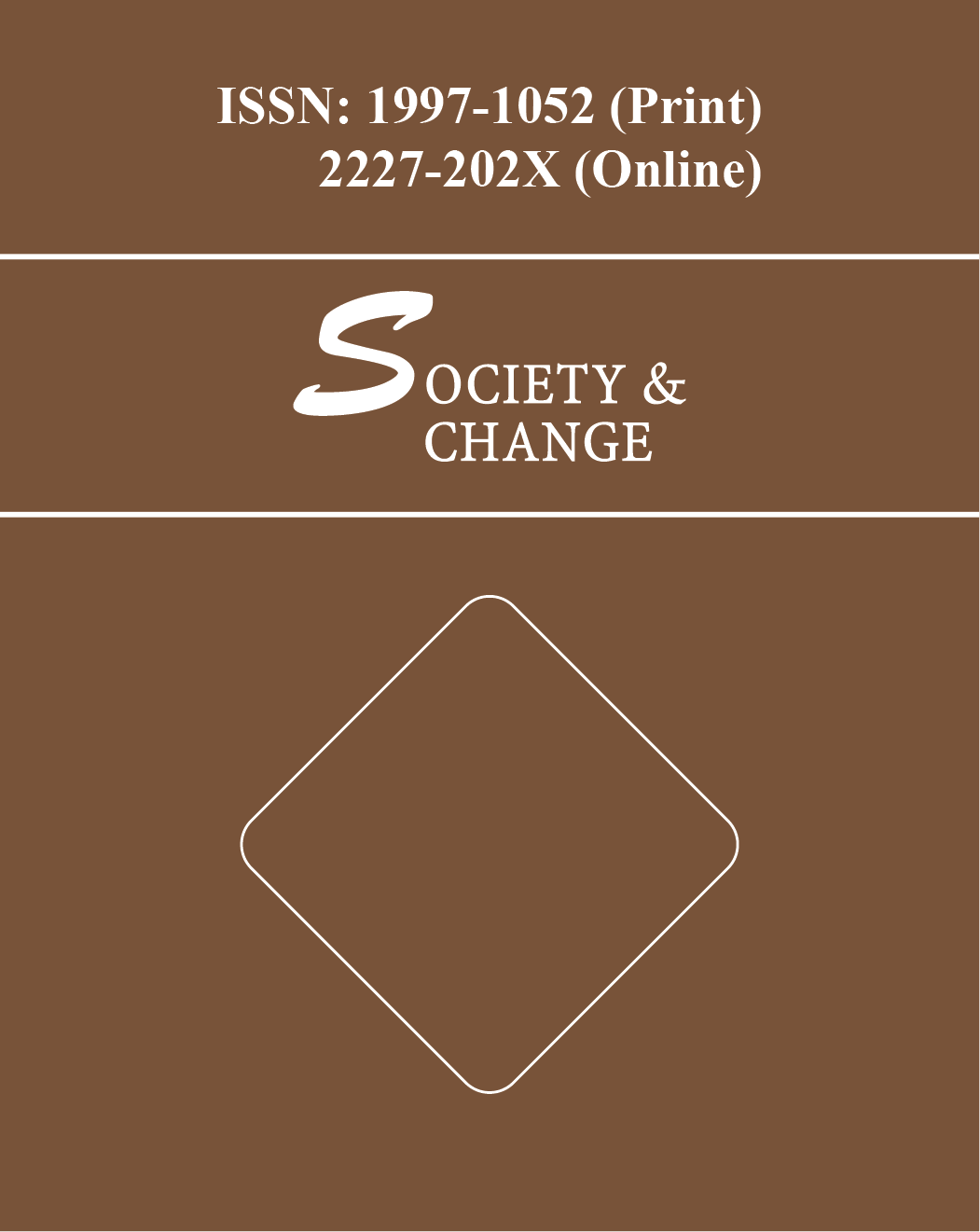Dhaka city’s peripheral rivers are Buriganga, Dhaleshwari, Sitalakhya, Turag, Tongi canal and Balu. All these peripheral rivers are known to be highly polluted. Like other rivers the water quality of Tongi canal and Balu (north-eastern part of Dhaka’s peripheral rivers) are vulnerable to pollution from sedimentation, illegal encroachment, and disposal of solid waste, untreated industrial effluents and municipal wastewater, runoff from various chemical, fertilizer and pesticides, and oil and lube spillage in and around the operation of river transportation. The present study has been conducted to evaluate the important physical, chemical and biological water quality parameters and scenarios of the Tongi canal and Balu river of Dhaka city through a field survey during monsoon and pre-monsoon in 2009. The investigation results have been compared with the Bangladesh and WHO standard for surface water. The parameters namely pH, Dissolve Oxygen (DO), Biological Oxygen Demand (BOD) Chemical Oxygen Demand (COD), Total Dissolve Oxygen (TDS), Electrical Conductivity (EC), Nitrate-Nitrogen (NO3_N), Phosphate (PO4), Ammonium-Nitrogen (NH4+-N), Turbidity, Lead, Cadmium and Zinc were tested in this research. The test results indicate that all the water quality of Tongi canal and Balu river are highly polluted because disposal of industrial waste and various effluents without any treatment in the river. The study indicates that most of the elements were generally higher during the pre-monsoon. Water quality at the some points in the both Tongi canal and Balu river are significantly exceeded the standard limit because of the largest amounts of toxic chemicals are released here by the various industries (raw and processed).



 INSEARCH 2025: 10th International Integrative Research Conference on Governance in Society, Business and Environment
INSEARCH 2025: 10th International Integrative Research Conference on Governance in Society, Business and Environment